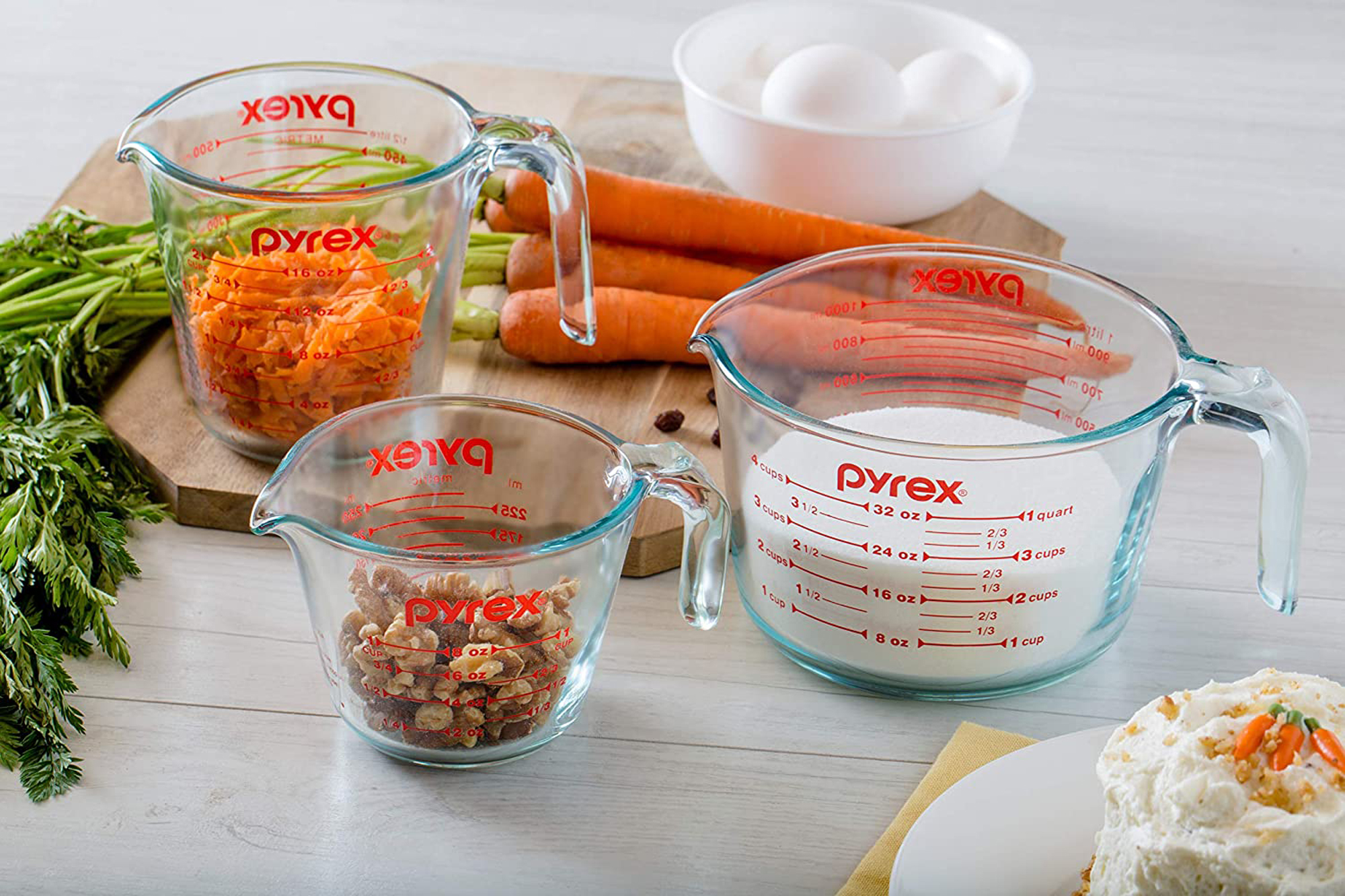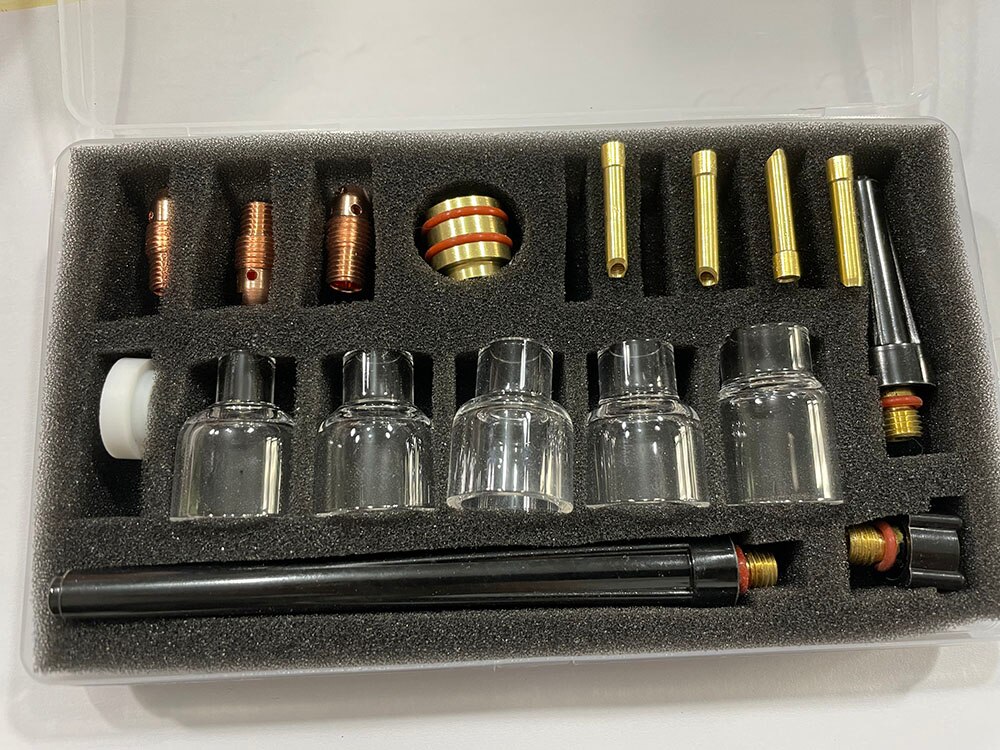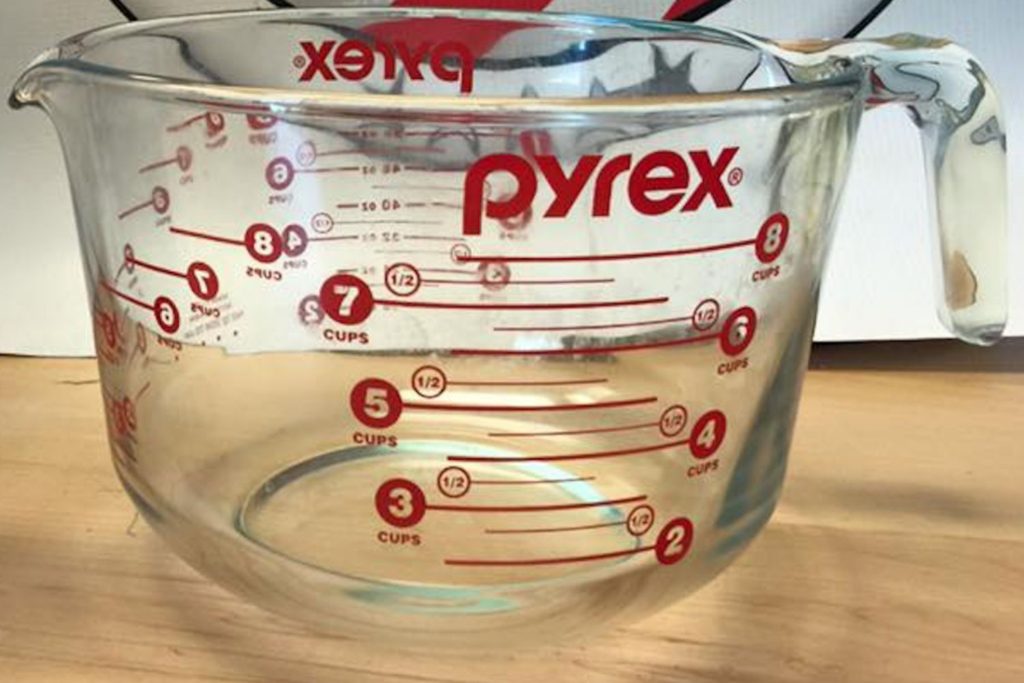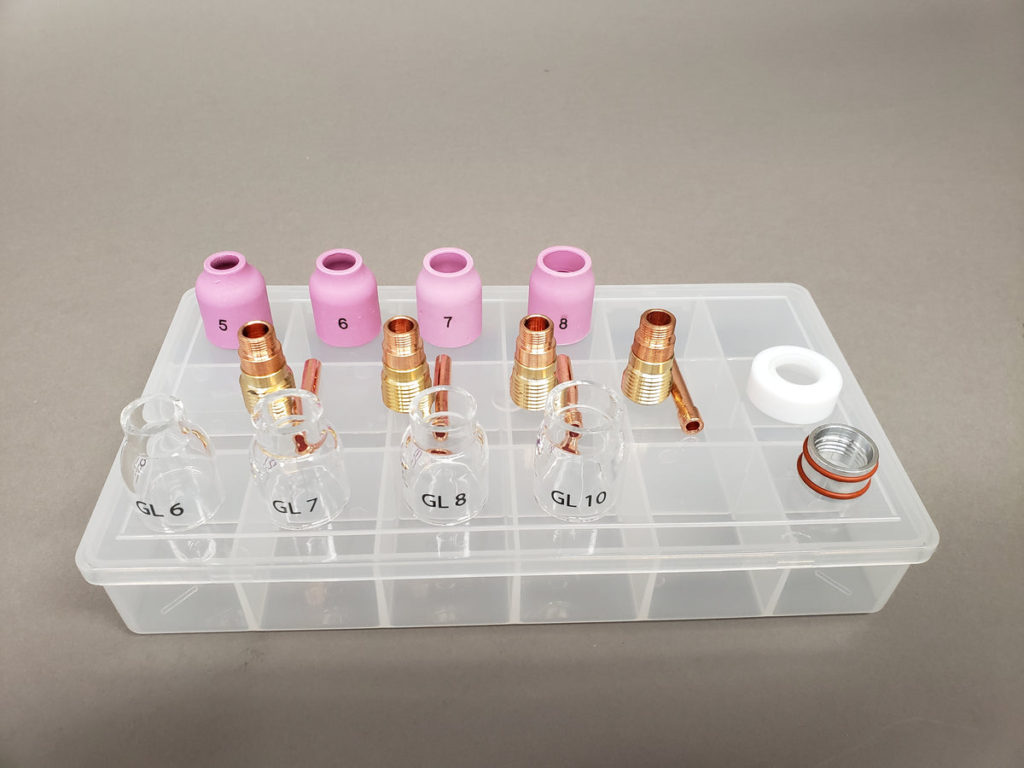
Welding: Everything You Need to Know about Pyrex Cups
Of the various welding types, TIG welding has proven to be particularly widespread in getting the best possible welds in a range of metals. Gas Tungsten Arc Welding (GTAW) or more commonly referred to as Tungsten Inert Gas (TIG) welding involves using a tungsten electrode to produce an electric arc to heat the workpiece and fusing the metals in a smooth weld. An inert gas, typically argon or helium, protects the welded surface from contamination. A filler may be used in the whole process, but is not necessary. The use of external filler rods as opposed to the continuous wire electrodes in MIG welding can take some time in getting used to, but offer a high level of control which only increases by being able to control the amperage from the welding machine. The result is a unique look to the weld. Being able to weld different types of metals is only one of the advantages of TIG welding.
TIG welding is widely used in welding thin sheet metals in the automotive, aerospace and aviation industries, as well as pipeline construction and pipe welding. Basic tools include a TIG welder, a TIG welding torch, welding collets to hold the electrode in place and cups or nozzles that fit along the collect to direct the inert gas into the weld puddle. Of all the items listed here, the most overlooked and least understood are the welding nozzles, and especially pyrex cups.
Contents
What are Welding Nozzles and Pyrex Cups?

TIG welding nozzles, and a variation of these known as Pyrex cups, are attached in front of the collet on a compatibly sized TIG torch, and surround the tungsten electrode. This combined with the rest of the torch parts, like the collet body or gas lens, the collet, insulator and back cap are used to evenly distribute the inert gas on the weld pool. Argon gas is used to minimise the number of atmospheric contaminants from creating imperfections in the weld. A focused inert gas can prevent things like cracks, pores and spatter from developing. The shape and size of nozzles will determine the overall look and finish of the weld.
Materials in TIG nozzles
Nozzles are commonly found in two types – ceramic and Pyrex. Ceramic TIG nozzles are the traditional choice, and are perceived to have higher durability than Pyrex cups. The downside though is that they limit visibility when welding, so they are more tuned towards general welding applications. Where better precision is required, welders use Pyrex cups. Pyrex or borosilicate glass is tempered heat resistant glass used in a range of products, and welding nozzles allows welders to see clearly what they are doing. Having better control over a weld is important here. Being transparent, Pyrex cups give you the option of better visibility in tight corners. The downsides, when compared to ceramic nozzles, is that they can shatter on falling, and must be cleaned regularly to make the best of their advantage. Another thing going for Pyrex cups is that they typically use less gas, so you’ll be saving money in the long run or can complete more tasks with a standard cylinder. Pyrex nozzles require a standard size collet body, and a gas diffuser to prevent oxidation and improve the shielding.
Pyrex Cups Shapes and Sizes

Pyrex cups can come as standard or narrow TIG nozzles. Standard Pyrex cups are 19mm in diameter. The larger area is used to provide for a more spread-out area when welding reactive metals like titanium, molybdenum and nickel or aluminium based alloys as well as non-reactive metals like stainless steel. Tapered nozzles have a narrower tip, and at 13mm is the ideal TIG nozzle in tighter welds and when consuming less argon shielding gas is a priority. These are what you’d be using more often. Pyrex cups of different sizes can be swapped out without having to change the collet body. Here the use of O-rings in different sizes makes switching between different nozzles quick and easy.
In terms of thickness, the outer walls can be from 1mm to 2.8mm thick, with thicker walls standing up better to increases in heat, and allowing welders to ramp up amp levels from the welding machine. Nozzles with thicker walls are therefore preferred in large applications where the electrode is melted into thicker workpieces at greater speed.
Buying Considerations

When buying TIG nozzles, you can choose to go for traditional ceramic nozzles, which will cost you a few dollars less for the comparable size of a Pyrex cup. I’ve already listed the limitations in using ceramic nozzles, so if you can make the stretch, Pyrex variants are a more worthwhile investment. Makers of TIG nozzles also offer protective titanium caps for their Pyrex cups to avoid damage when storing or handling. TIG nozzles are sold as separate units or as is more often the case, packaged with nozzles in the same or different type and size, according to your needs. Additional pieces, like matching collets and collet bodies, as well as O-rings and mesh filters, are also thrown into the mix, so savings are considerable compared to purchasing separately.

